
Oratorio di San Lorenzo in Palermo, Sicily, Italy Stock Photo Alamy
The Oratory of Saint Lawrence (Italian: Oratorio di San Lorenzo) is a Baroque oratory of Palermo. It is located near the Basilica of Saint Francis of Assisi, in the quarter of the Kalsa, within the historic centre of Palermo. The oratory was founded in the late 16th century. The building was given to the Conventual Franciscans in order to.
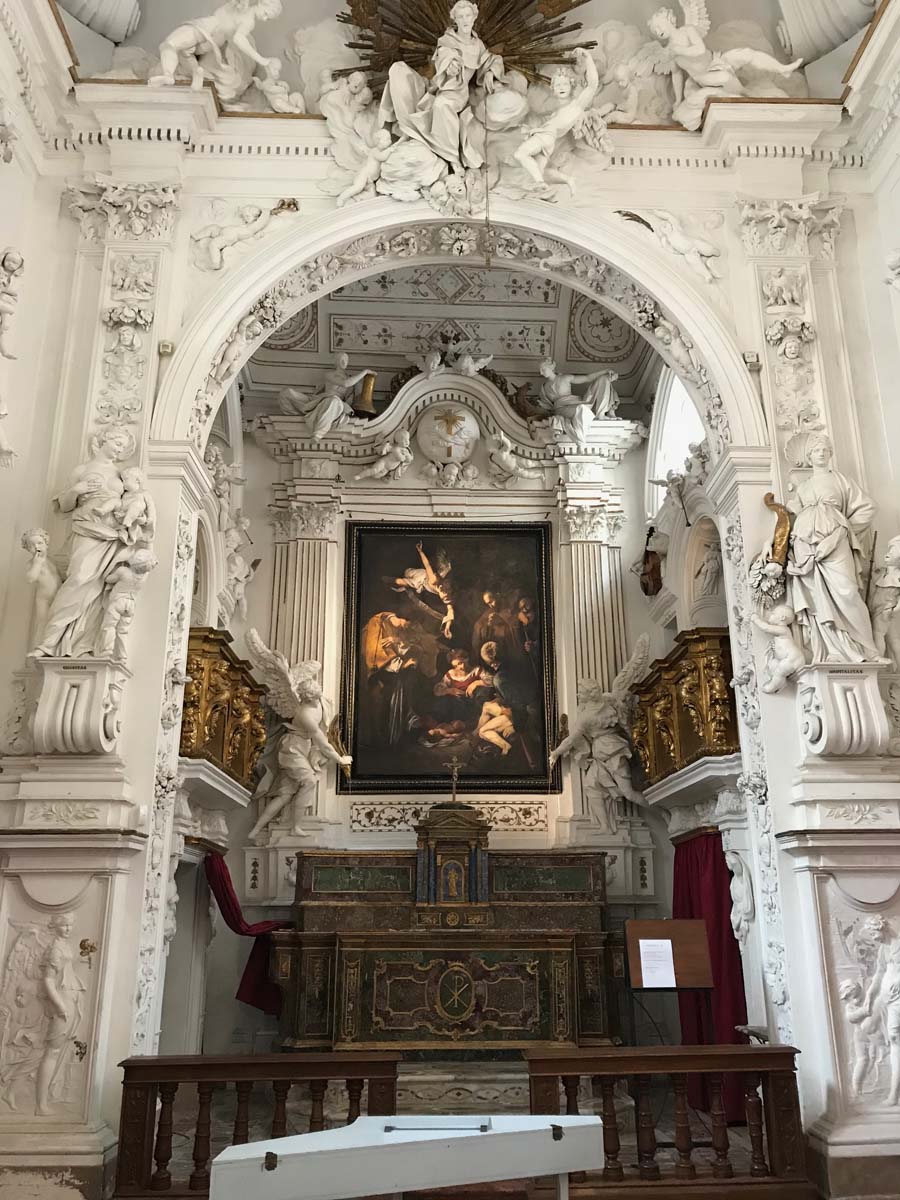
Oratorio di San Lorenzo with Caravaggio’s Nativity by Factum Arte
San Francesco d'Assisi, Palermo. 1 min walk • The Church of Saint Francis of Assisi is a Gothic-style, Roman Catholic church of Palermo. It is located near a major and ancient street of the city, via Cassaro, in the quarter of the Kalsa, within the historic centre of Palermo. ~1270 ft SW. Square.

Oratorio di San Lorenzo in Palermo, Fotografia di Aldo di Vita
L'oratorio di San Lorenzo prende il suo nome da una più antica chiesa sulla quale è stato fondato nel 1569 da una compagnia di frati Francescani che, inizialmente, avevano assunto il compito di seppellire i morti meno abbienti nel quartiere della Kalsa.

Stunning Baroque Stucco at Oratorio Di San Lorenzo Palermo, Sicily
In October 1969, two thieves broke into the San Lorenzo Oratory in Palermo, Italy and removed Caravaggio's birth from its frame. Experts estimate its value at $20 million.. Cumulativo con l'oratorio di san Mercurio di Palermo intero € 3, ridotto € 2 (Circuito de "Le vie del Sacro" e gruppi di minimo 10 persone) DURATA VISITA: 1 ora.

Oratorio di S. Lorenzo a Palermo, capolavoro del Serpotta
The Oratory of Saint Lawrence is a Baroque oratory of Palermo. It is located near the Basilica of Saint Francis of Assisi, in the quarter of the Kalsa, within the historic centre of Palermo.. Introduction Oratory of San Lorenzo, Palermo; References (: , ..

Oratorio de San Lorenzo, Palermo Eric de Jong Travel & Photography
L' oratorio di San Lorenzo è un luogo di culto cattolico situato nel centro storico di Palermo ove si trovano molti oratori sorti tra la fine del Cinquecento e il secolo successivo. È ubicato nel mandamento Kalsa o Tribunali nei pressi di Corso Vittorio Emanuele adiacente alla basilica di San Francesco d'Assisi. [1]
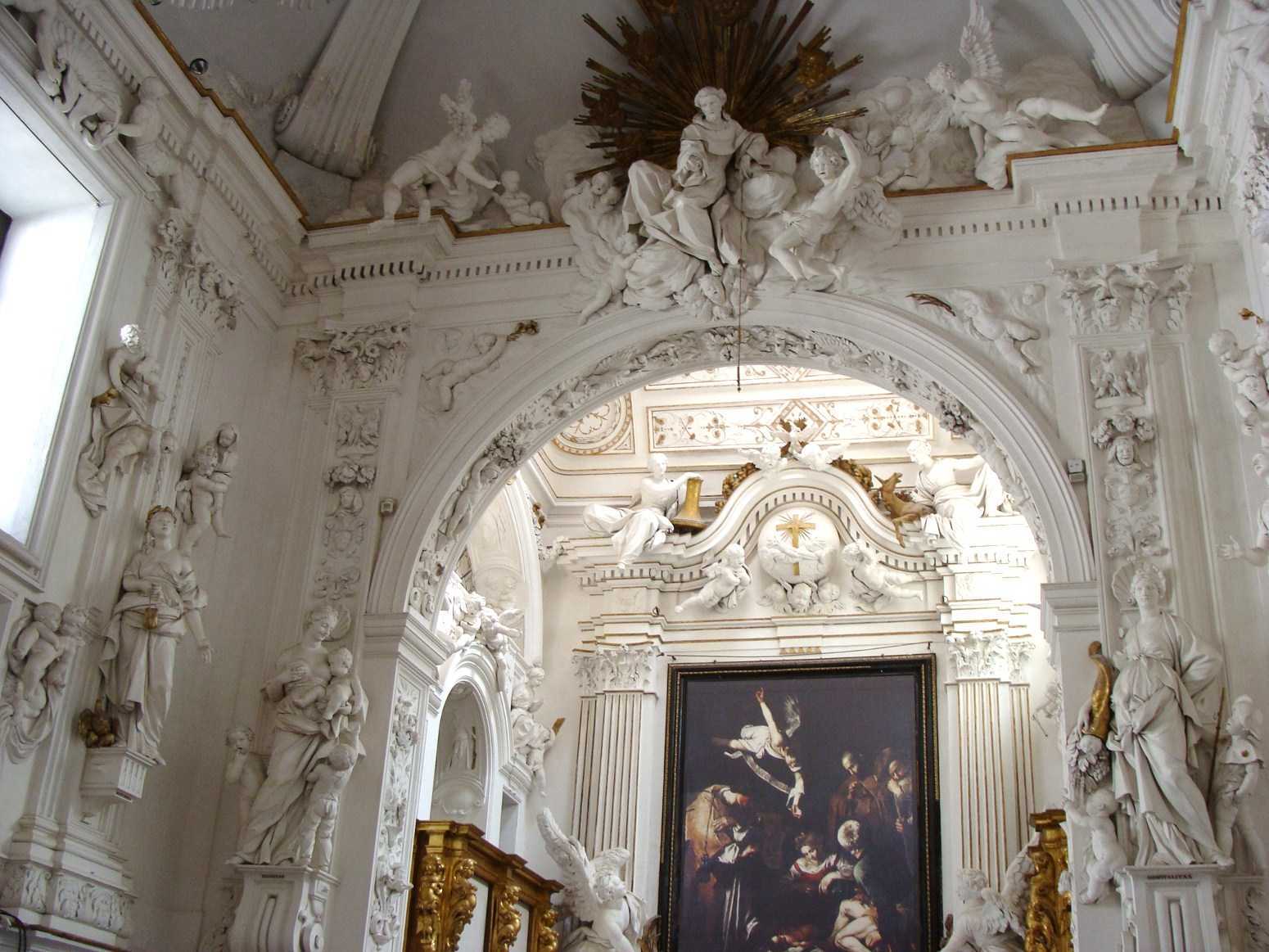
L'oratorio di San Lorenzo situato nel centro storico di Palermo Ai Viceré
Palermo, the vibrant capital of Sicily, boasts a treasure trove of artistic and architectural marvels that captivate the hearts of travelers worldwide. Amidst this dazzling array of attractions, the Oratorio di San Lorenzo stands out as a true gem, a testament to the city's rich Baroque heritage. Its exquisitely preserved frescoes, intricate stucco decorations, and profound historical.
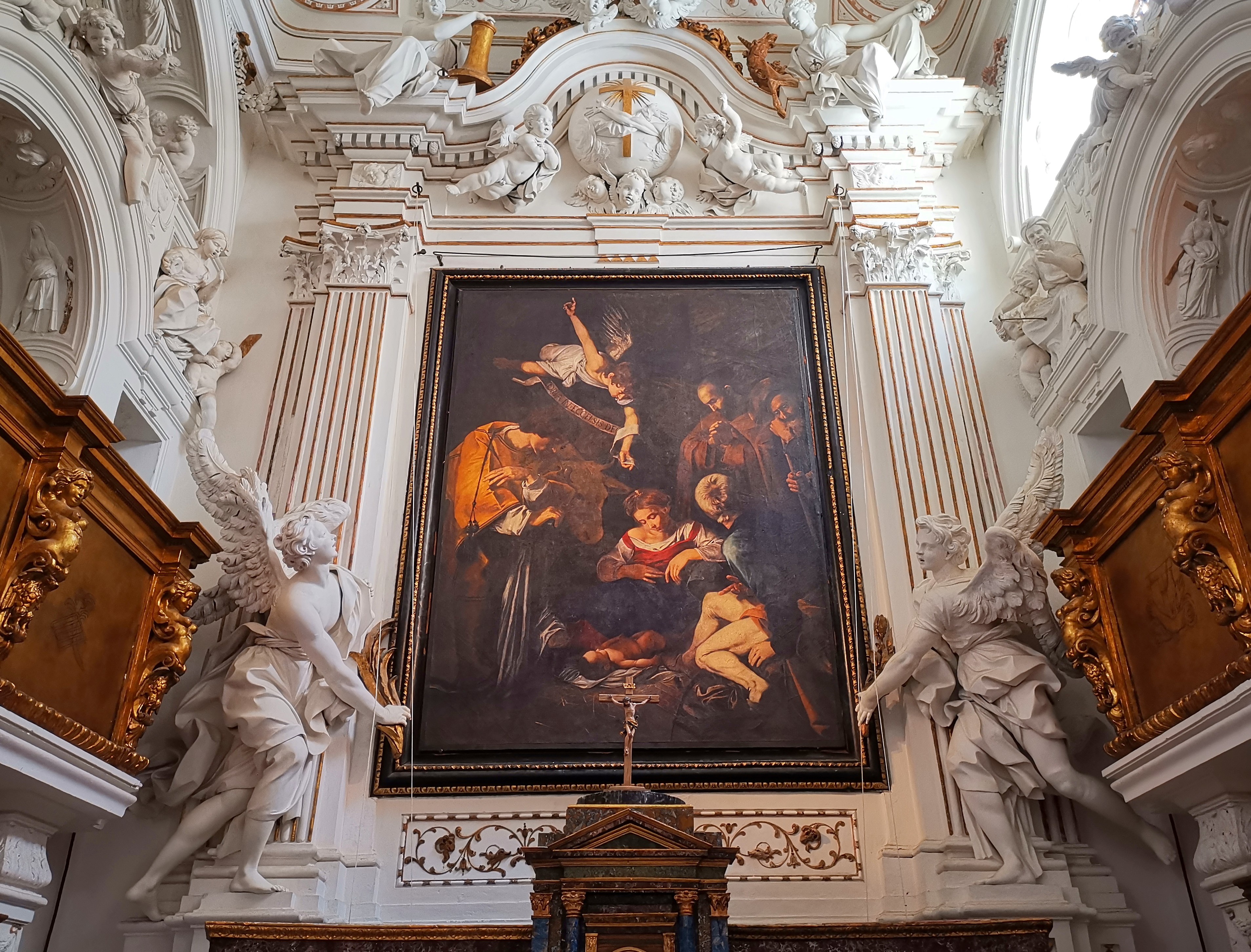
Oratorio de San Lorenzo en Palermo
La Natività di Caravaggio: il capolavoro dipinto a Roma, inviato a Palermo, e rubato nel 1969. La Natività di Caravaggio fu trafugata dall'oratorio di San Lorenzo la notte tra il 17 e il 18 ottobre 1969. Ripercorriamo la storia del dipinto con particolare riferimento alla datazione. Nella notte tra il 17 e il 18 ottobre del 1969, la Natività.

Oratorio di San Lorenzo, Palermo Infos, Preise und mehr ADAC Maps
Gesso Charity, Oratorio di San Lorenzo, Palermo Giacomo Serpotta (10 March 1656 - 27 February 1732) was an Italian sculptor, active in a Rococo style and mainly working in stucco . Biography Serpotta was born and died in Palermo; and may have never left Sicily.
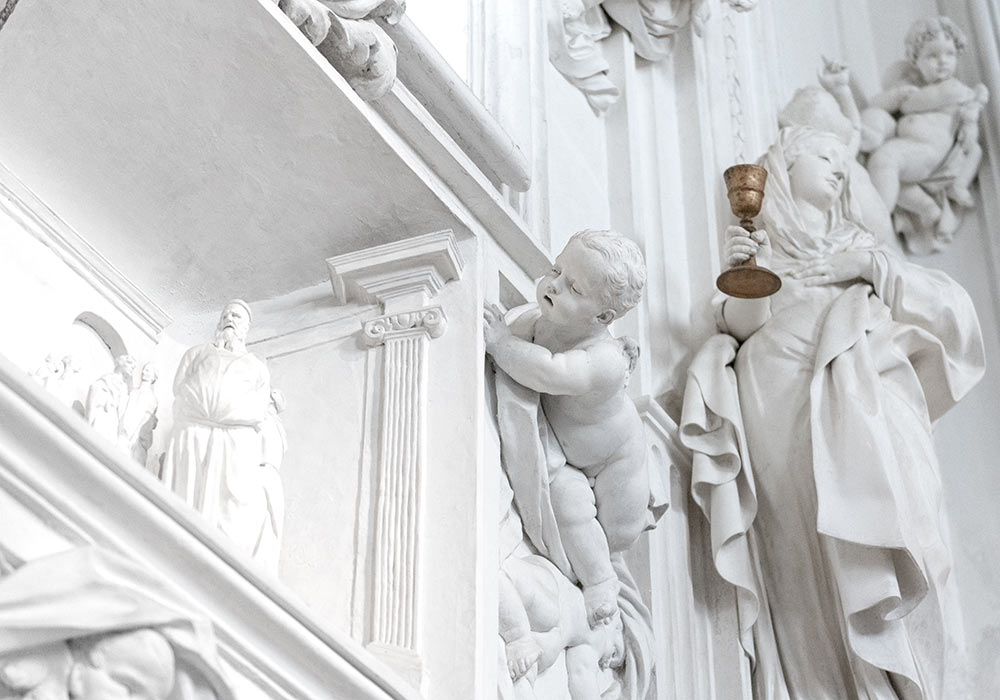
Oratorio di San Lorenzo, Palermo Wonders of Sicily
The Sicilian sculptor Giacomo Serpotta (1656-1732), mainly working in stucco, was born and died in Palermo. He is known for the excellent stucco decorations in the Oratory of San Lorenzo (1690/98-1706), the Oratory of Santa Cita (1668-1718), the Oratory of Rosario di San Domenico (1710-17). Oratory of Santa Cita.
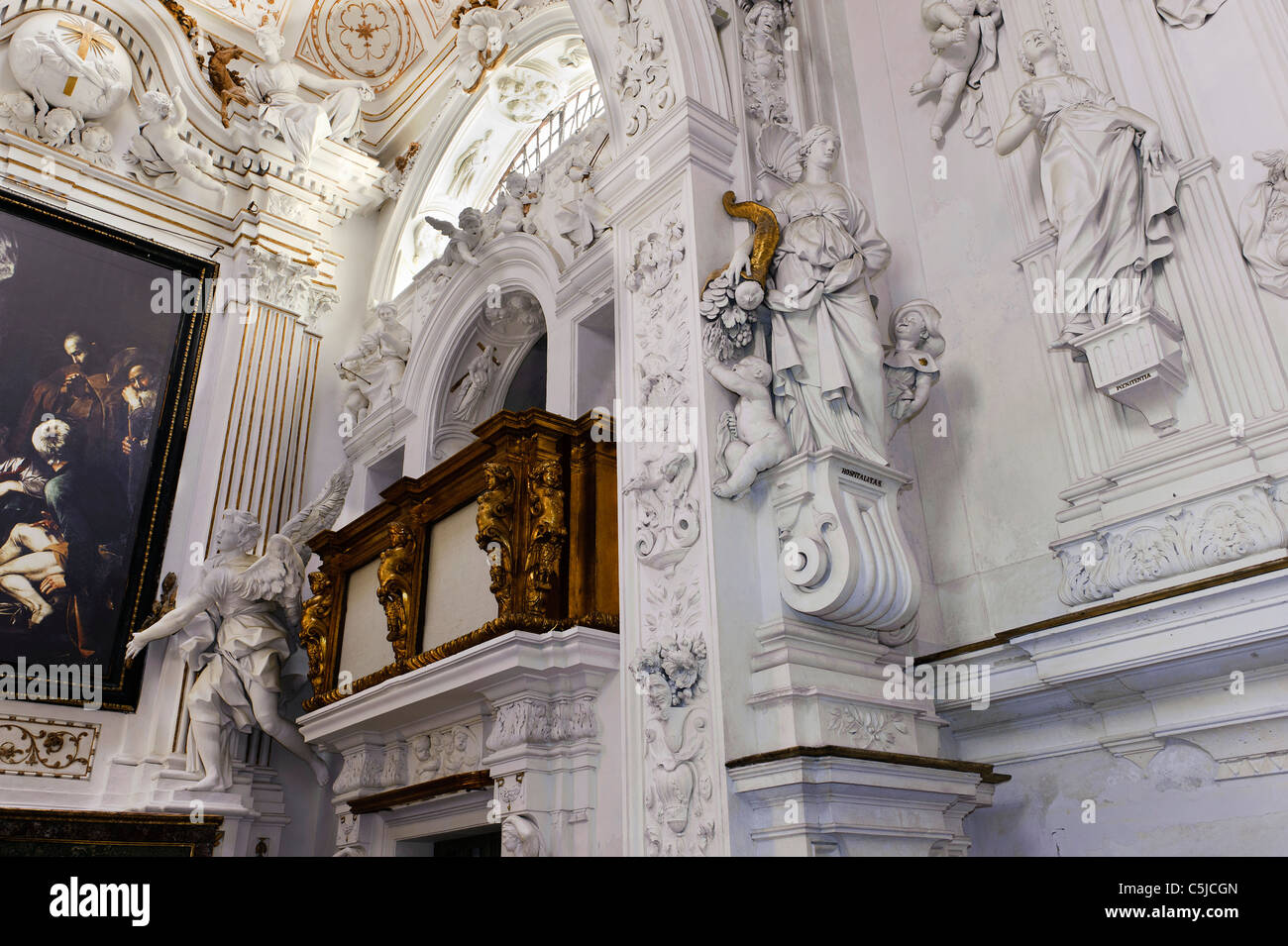
Oratorio di San Lorenzo in Palermo, Sicily, Italy Stock Photo Alamy
Saint Lawrence (AD 225-258) was one of the seven deacons of the city of Rome under Pope Sixtus II who were martyred in the persecution of the Christians, ordered by the Roman Emperor Valerian in 258. Where to Find the Most Important Serpotta Oratorios in Palermo Lorenzo in other languages Lawrence (English) Laurent (de Rome) (French)
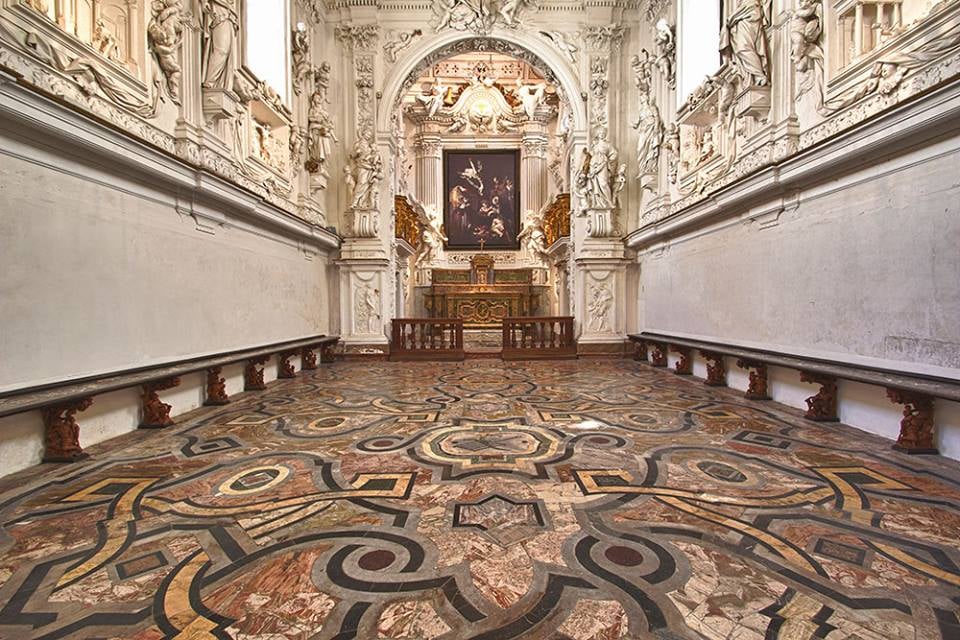
Oratorio di San Lorenzo a Palermo uno scrigno ricco di tesori Siciliafan
The oratory of San Lorenzo takes its name from an older church on which it was founded in 1569 by a company of Franciscan friars who, initially, had taken on the task of burying the less well-off dead in the neighborhood of Kalsa. Inside the oratory, located next to the church of San Francesco d'Assisi, there are those that are probably the most beautiful representations made by Giacomo.
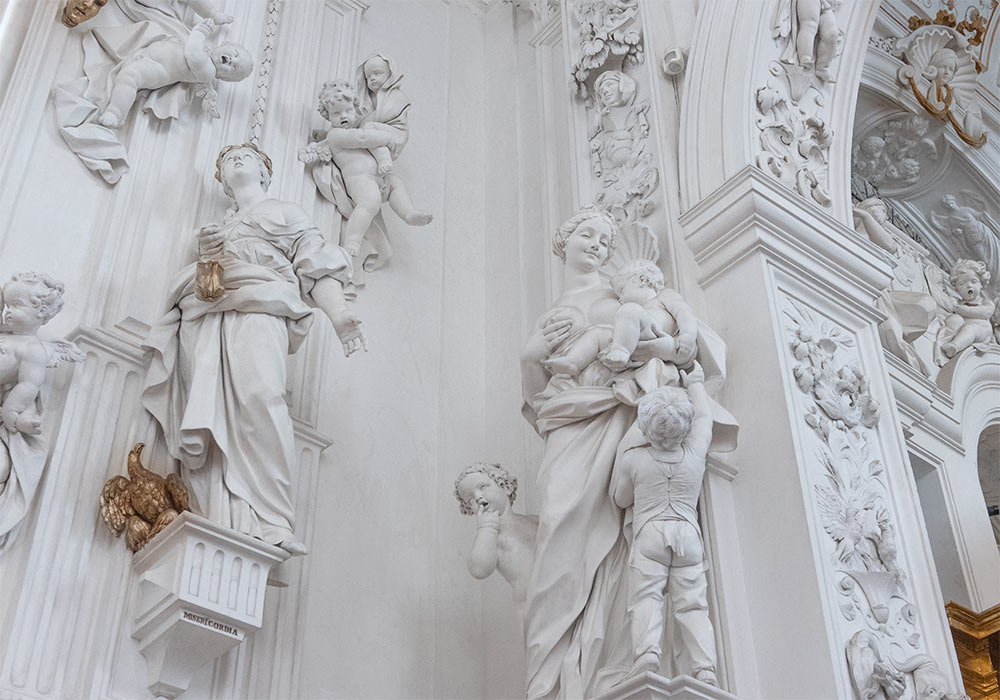
Oratorio di San Lorenzo, Palermo Wonders of Sicily
Oratory of San Lorenzo in Palermo Stendhal55 - CC4.0 Maps Via Immacolatella, 5 - Palermo (PA) The Oratory of San Lorenzo , located next to the church of San Francesco d'Assisi , was built around 1570 by the Compagnia di San Francesco, made up of wealthy Genoese merchants, on the remains of an ancient church dedicated to San Lorenzo.
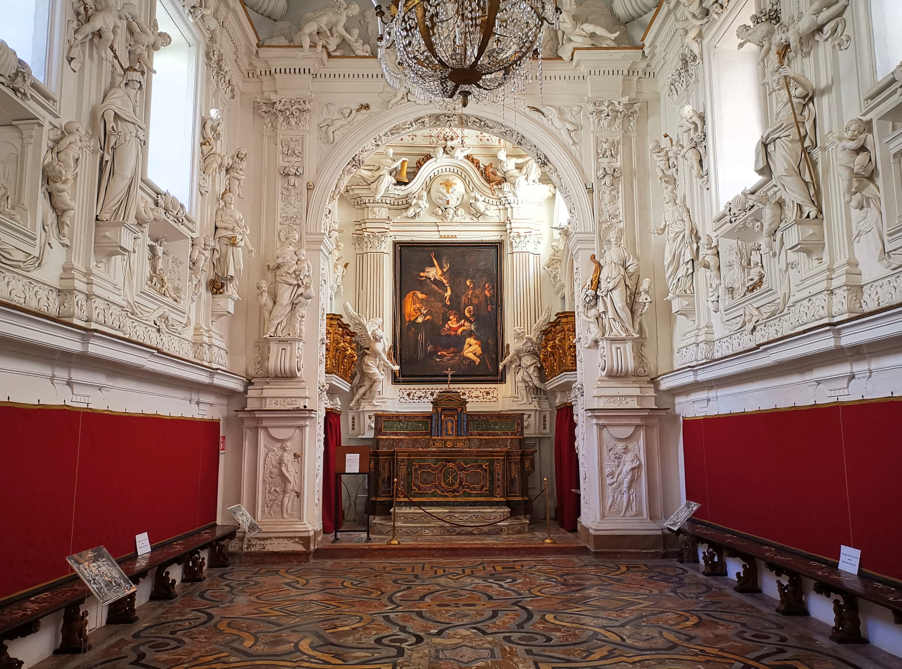
Oratorio de San Lorenzo en Palermo
The Oratory of Saint Lawrence ( Italian: Oratorio di San Lorenzo) is a Baroque oratory of Palermo. It is located near the Basilica of Saint Francis of Assisi, in the quarter of the Kalsa, within the historic centre of Palermo. [1] The oratory was built in 1569 to replace a former smaller church dedicated to St Lawrence.

Oratorio di San Lorenzo, Palermo
Oratory of San Lorenzo is a museum on USEUM. The Oratory of Saint Lawrence (Italian: Oratorio di San Lorenzo) is a Baroque oratory of Palermo. It is located near the Basilica of Saint Francis of Assisi, in the quarter of the Kalsa, within the historic centre of Palermo. The oratory was founded in the late 16th century. The building was given to the Conventual Franciscans in order to spread the.
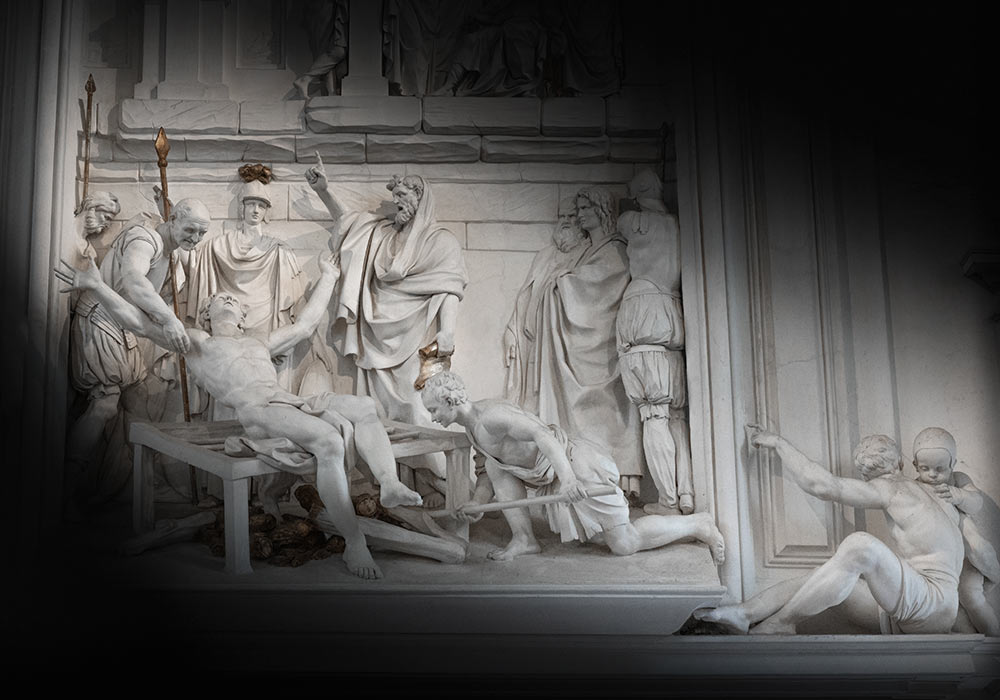
Oratorio di San Lorenzo, Palermo Wonders of Sicily
The oratory was built circa the year 1569 by the brotherhood of San Francesco d'Assisi on the remains of an antique church dedicated to San Lorenzo. The brotherhood consisted of Genoese merchants devoted to San Francesco, who used the oratory up until the year 1950.